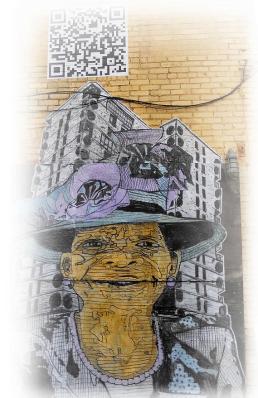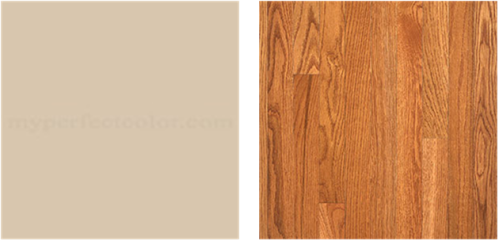By Phillip Westry
Researchers at Johns Hopkins Center of a Livable Future define a food desert as an area where the distance to a supermarket is more than ¼ mile, the median household income is at or below 185% of the Federal Poverty Level, and over 40% of households have no vehicle available.
All of the statistics aside, living in a food desert is not only inconvenient, but it can be bad for your health. In food deserts the most convenient foods come from fast food establishments and convenience stores. Studies have shown that people who live in food deserts have increased accessibility to low quality, high-fat foods. In Baltimore City food deserts, it’s easier to get Chinese food, fried chicken, a handle of gin or potato chips than it is to get an apple, orange, low-fat milk or kale. In Baltimore City, 68% of the population is either overweight or obese, and nearly 36% of the population has high blood pressure.
East Baltimore Midway is no longer considered a food desert with the opening of Apples and Oranges Fresh Market in March. Owners Erich and his wife Michele Speaks-March, have deep roots in East Baltimore. Erich March is the Vice President of March Funeral Homes, which has served the community for more than 50 years. The couple decided that East Baltimore needed a place to buy health food. In an interview with WBAL Erich March explained, “The community has been crying for a supermarket. I went to the big supermarket chains, and they weren’t interested in coming into our community, so we decided if anybody’s going to do it, we have to do it ourselves.” Apples & Oranges Market is a 4,800-square-foot, supermarket located between the Oliver and Darley Park neighborhoods at the corner of East North Avenue and Broadway.
In March 2010, the Baltimore City Health Department launched its Virtual Supermarket Project. The program allows residents living in and around East Baltimore and the Washington Village neighborhood the ability to order groceries from local retailers online. Resident can use free computers at the Enoch Pratt Free Library System to shop for grocery on Santoni’s Supermarket.
For more information about the Virtual Supermarket Program:
http://baltimorehealth.org/virtualsupermarket.html
Check the Map to see if you live in a food desert:







